
When it comes to choosing the right linear guide for your application, it's important to understand the various types available and their unique characteristics. Linear guides play a crucial role in providing smooth and precise linear motion in a wide range of industries, from manufacturing and automation to robotics and medical equipment. In this article, we will compare different types of linear guides offered by PINSI, helping you make an informed decision based on your specific requirements.

In the woodworking industry, dust and debris are common byproducts of the manufacturing process. These particles can accumulate on machinery and components, including linear guides, causing damage and reducing their lifespan. To prevent this from happening, it is important to properly adjust and maintain the linear guides.
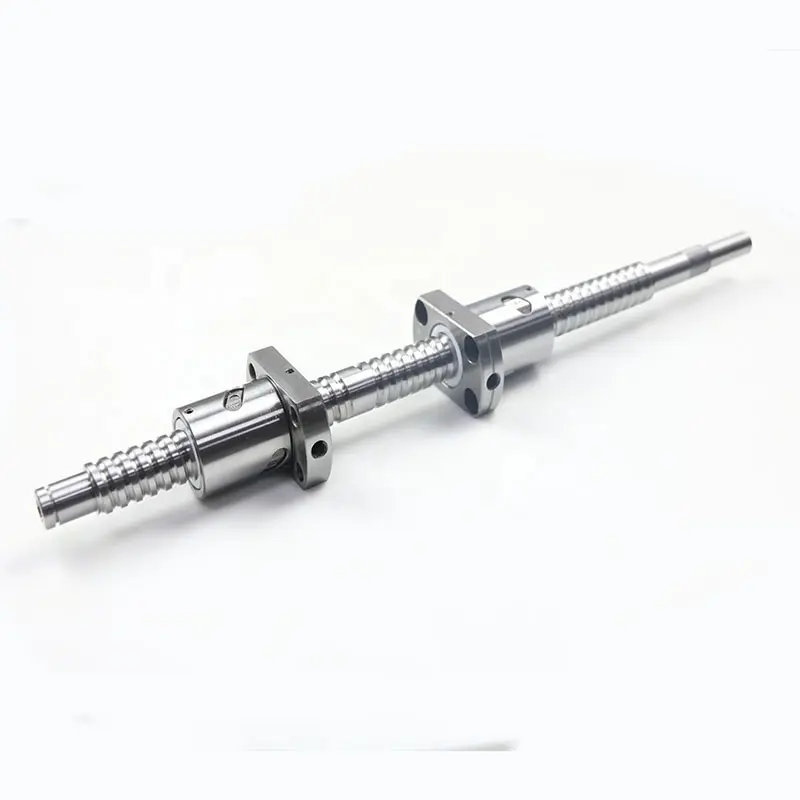
Bidirectional ball screws are a type of ball screw that is designed to provide high-precision linear motion in both directions. They are widely used in a variety of applications, including machine tools, industrial machinery, medical equipment, and more.
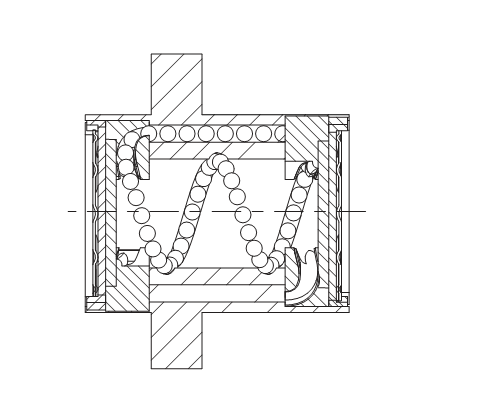
When it comes to selecting the right ball screw for your application, one important factor to consider is the number of ball coils in the nut. The number of ball coils refers to the number of loops that the balls make as they travel through the nut.
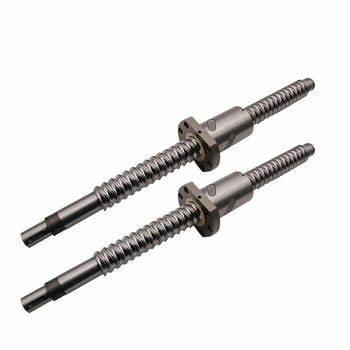
Ball screw nuts are essential components of linear motion systems and are used in a wide range of applications. In order for the ball screw to function properly, it is crucial to ensure that the nut is tightened to the correct degree. Here are some tips on how to adjust the tightness of the ball screw nut:
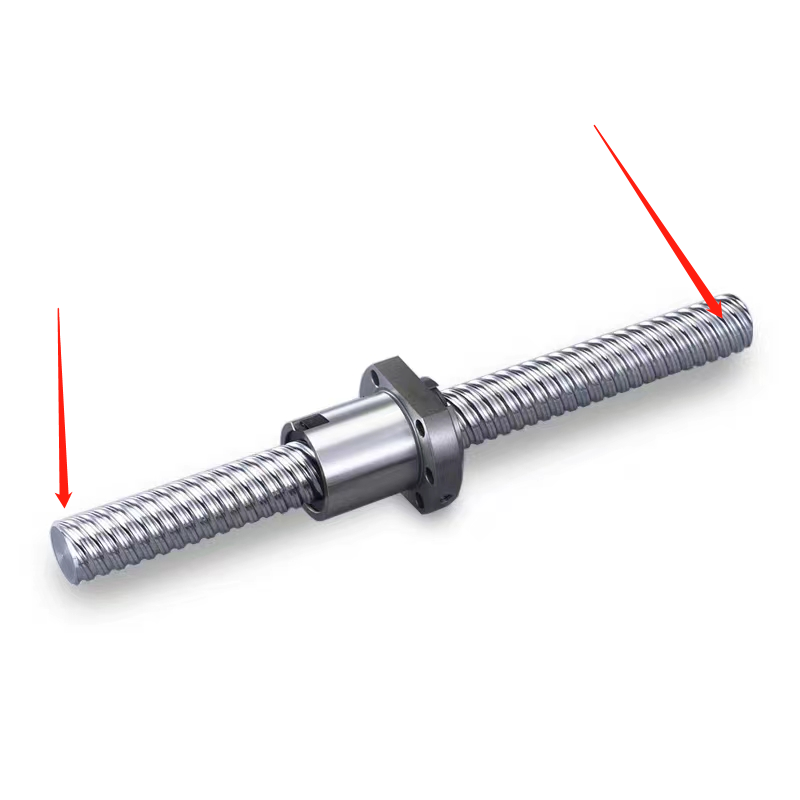
When using a ball screw, it is common practice to cut off both ends of the rod. This may seem unnecessary, but there are actually several reasons why it is important to do so.

Linear guide rails are a critical component in many industries, especially those with harsh environments that require corrosion resistance. Stainless steel linear guide rails and those treated with AP-C anticorrosion are two options for achieving this resistance.

Crossed roller guideways are a type of linear guide system that uses rollers arranged in a cross pattern. They are commonly used in applications that require high precision and stiffness, such as semiconductor manufacturing, medical equipment, and precision measuring instruments.

Cross roller guides and linear guides are two types of mechanical motion components used in various applications. Both types of guides are used to guide and constrain the movement of machinery and equipment, but they have some differences in their design and function.

Assembling and adjusting a ball screw and linear guide rail combined system can be a complex process, but it is essential for ensuring optimal performance and longevity of the system. Here are some important steps to keep in mind:

Ball screws are precision components used in a variety of machinery applications. To ensure optimal performance and extend their lifespan, proper maintenance and protection are crucial. Here are some tips on how to protect the ball screw:

Ball screws are an essential component in various industrial applications that require precise linear motion. The two helical modes of ball screws are internal circulation and external circulation. These two modes differ in their design and functionality, making them suitable for different applications.

Ball screws are important components used in a variety of industrial applications that require linear motion. They are used in machinery ranging from CNC machines to aircraft and medical equipment. Ball screws are used to convert rotary motion into linear motion and are made using different processing techniques. Two common processing techniques used for ball screws are rolling and grinding.
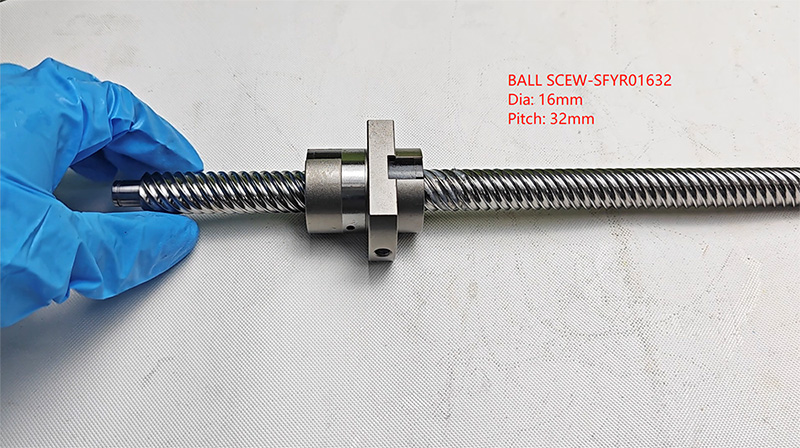
Double lead screws and ordinary screws are both types of mechanical screws used in various industrial applications. Although they may look similar, there are significant differences in their structure and function.

Linear guides and ball screws are essential components in many precision machinery applications. They work together to ensure smooth and accurate linear motion, and their performance is affected by various factors, including the type of screw nut circulation used.